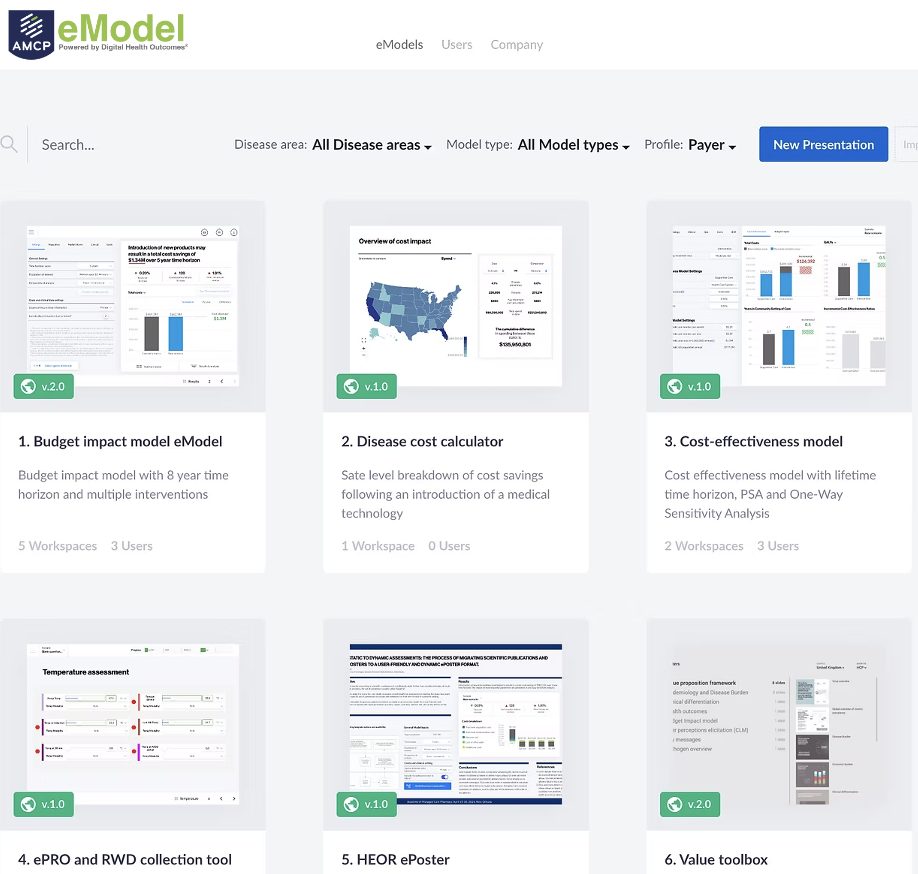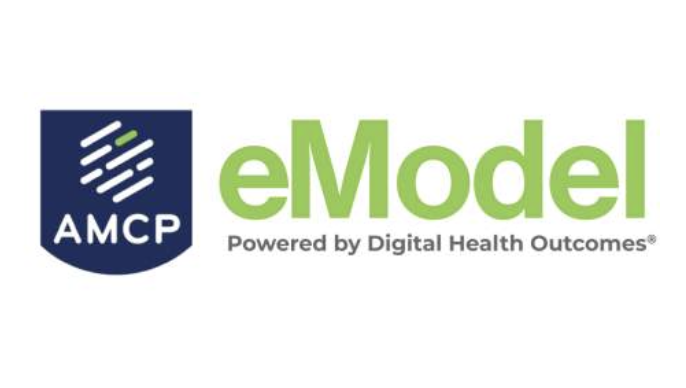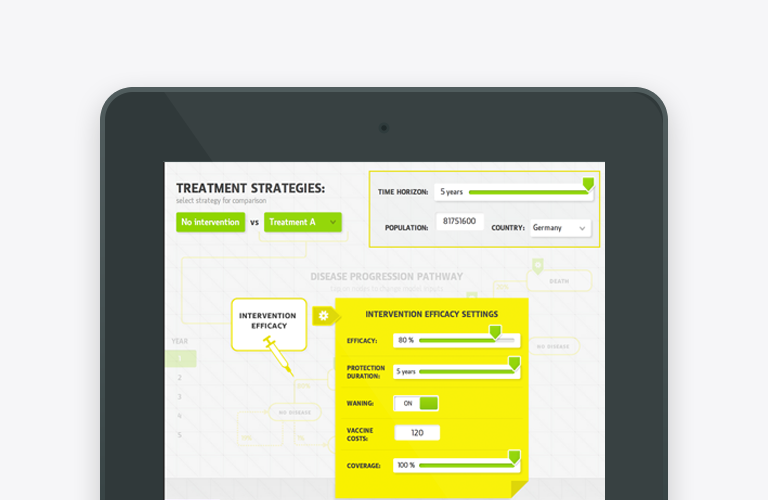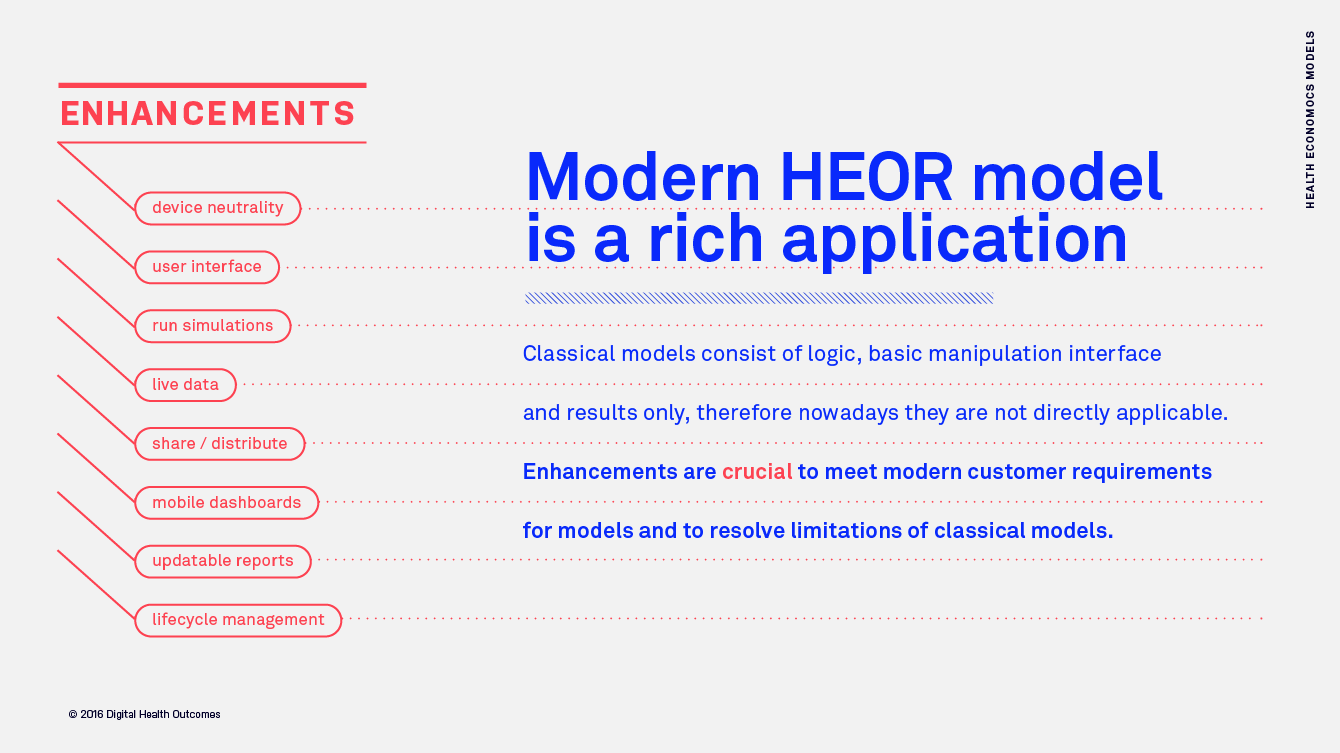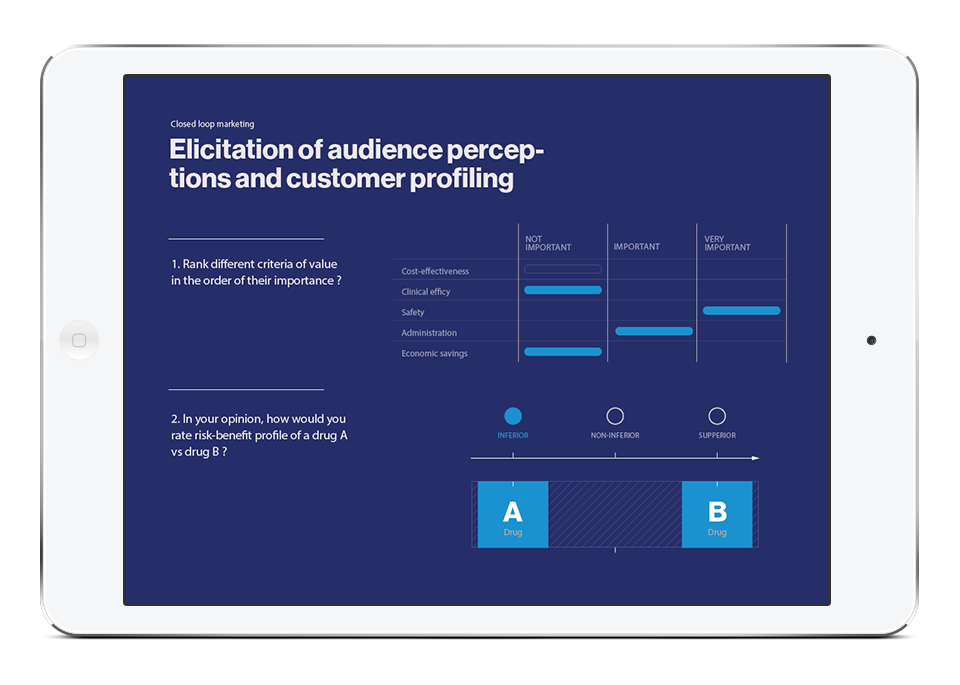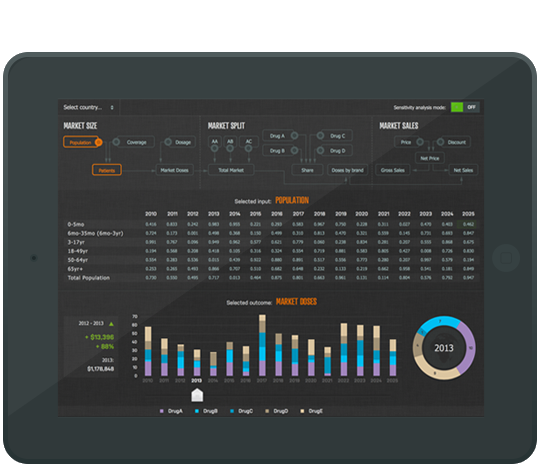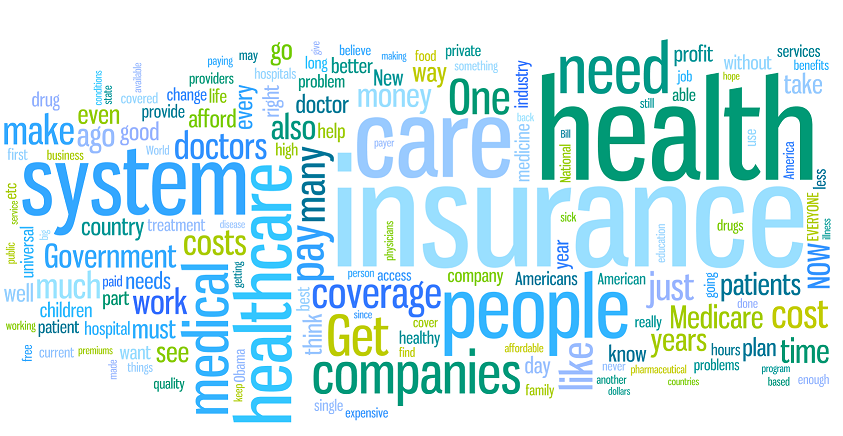
We raise the question of difference between economic evaluation of health and traditional goods and services because healthcare market is conceptually different, thus requires different approach to evaluation.
This issue has been catching attention of many economists for the past decades. One of the most notable among them is 1963 Nobel Prize winner Kenneth Arrow[1] and his work “Uncertainty and the welfare economics of medical care”. Despite the fact that more than forty years passed since the publication – it still remains actual and of current interest.
Main question throughout Arrow’s work is: which special peculiarities and features of health care influence its’ economic analysis and evaluation. As a benchmark he traditionally used the perfectly competitive market model and distinguished two main factors: uncertainty (in the incidence of disease) and asymmetry of information. Uncertainty includes two components: the incidence of disease (diagnosis and prognosis) and the likelihood of recovery (the effectiveness of care). Information asymmetry is explained by the assumption that doctors are always better informed about the benefits and consequences of health care for the patient, thus leading to a delegation of choice from the patient to the doctor.
It is also important to consider the nature of health care demand and supply. The following features of demand are usually distinguished:
- Unpredictable disease occurrence. The occurrence of most diseases is unpredictable and irregular. This creates the uncertainty factor which influences the health care demand a lot
- Health is Fundamental good. Many illnesses carry the risk of death or social and working incapacity, therefore making health a fundamental good
- Catastrophic payments. Disease is costly in itself and can cause significant financial spending
The following features of supply are different from traditional goods and services:
- Agent doctor-patient relations and asymmetry of information. The factor of doctors is usually considered as setting the market apart from those for other goods and services. The doctor-patient relationship had a strong trust element and patients often delegate many decisions to their doctors.
- Ethical code of conduct. Doctors also stick to the code of ethical restrictions on their practice. For instance, their medical device should be separated from their self-interest and patients should be treated according to their medical need and not their ability to pay.
- Barriers to market entry. The conditions under which health care is supplied are different from the perfectly competitive market model. The last assumes that supplier have free entry to the market, while health care market entry is restricted by licensing and special education/training.
Health care market also includes a few more features not inherent for the traditional market:
- Altruistic behaviours. One of them is the phenomenon of altruistic beliefs and behavior, which suggests that the public as a whole may care about the use of health care among disadvantaged groups of population and health care providers may be motivated by the altruism in their practice
- Externalities. Another is the factor of externalities that occur when one person’s behavior influences the costs and benefits faced by other people around them. Textbook example is when a family immunises their child and it has a knock-on effect on the likelihood of neighbouring families being exposed to an infectious disease
- Equity considerations. Equity factor is also worth mentioning. It assumes that citizens should not be excluded from using health care simply because they cannot afford to pay, while traditional market approach allocates resources on the basis of the willingness and ability to pay. Equity objectives are usually achieved through special systems for health care provision and funding, like social insurance and tax-funded systems.
References:
Arrow KJ. Uncertainty and the welfare economics of medical care. 1963. Bull World Health Organ. 2004 Feb;82(2):141-9. Epub 2004 Mar 16.


